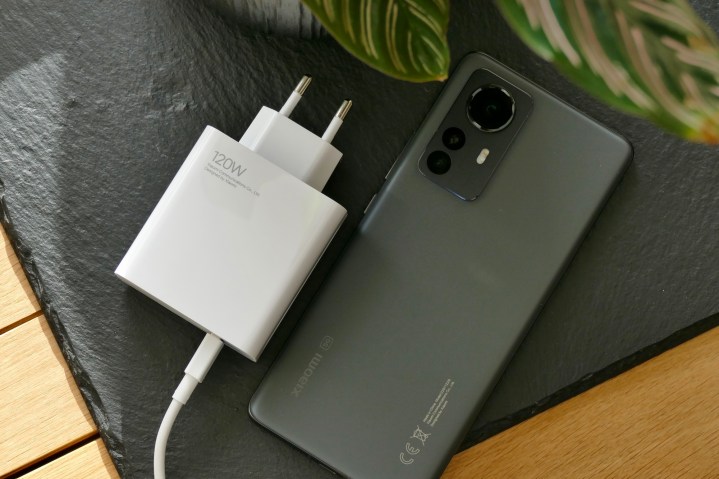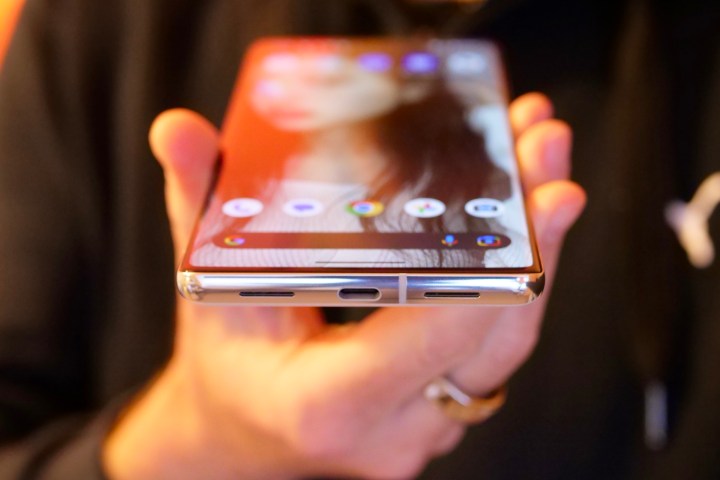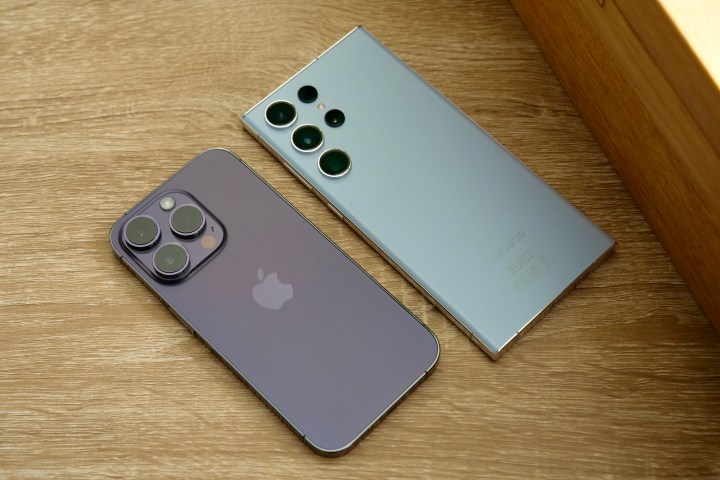At Mobile World Congress (MWC) this year, new smartphones broke cover as one would expect. I won’t bore you with all the details; Digital Trends’ Joe Maring and Jacob Roach wrote an excellent roundup of all the best MWC 2023 announcements already.
One key quality-of-life-improving feature we picked up on as a theme was charging speed. Apple, Samsung, and Google, the mainstream phone brands by coverage (even if not all by sales), stick to a fast-charging average speed of just over an hour — even with the latest iPhone 14, Galaxy S23, and Pixel 7. By comparison, a phone from Xiaomi, Oppo, or OnePlus can get you moving in 30 minutes or even less. It’s time to demand more from our phones.
Fast charging exists — just not for you

At MWC 2023, Realme debuted the Realme GT3. This phone, likely coming to markets in Europe and Asia, but not the U.S., will charge a 4,600mAh battery from dead to full in under 10 minutes. It does this with a 240-watt peak charging speed and custom battery technology. That speed is a far cry from the paltry 30W (at best) you’ll get on an iPhone, a Galaxy, or a Pixel.
While this speed feat is amazing, it is only possible because of the work that’s already been done in the past. Whether branded as Warp Charging, SuperVOOC, or SuperCharge Turbo, top-tier Android phones have been reaching ludicrous charging speeds for over a year now.
“Plug your phone into it and prepare to be astonished by the charging speed on offer here. From absolutely flat, the 12 Pro’s battery zipped to 48% in 10 minutes, 86% after 20 minutes, and on to full in only 23 minutes. This is an incredible rate of speed, and it’s one of the fastest charging systems I’ve tested yet,” Digital Trends’ Andy Boxall noted in a review of the Xiaomi 12 Pro.
For the OnePlus 11, Boxall noted: “Fast charging means I don’t worry about it dropping down to 10% during the day. If it does, in less than 25 minutes, it’s back to 100%. That’s life-changing, and I’ve not missed wireless charging, or actively thought about charging the phone at all. It just happens when necessary, and really doesn’t impact my day.”
In other words, superfast charging — far from being a spec-sheet filler — is something that is genuinely useful in your day-to-day life. You might not need to zoom into a butterfly from 200 feet away, but you’ll always appreciate a phone that fully charges when you’re in the shower.
Apple, Samsung, and Google are slacking

In comparison, Samsung, Apple, and Google phones take over an hour to charge. Samsung is at just over an hour with its recent phones, while Google is particularly egregious, with its rapid charging often taking two hours to hit 100%. The iPhone is in the middle, at one-and-a-half hours to a full charge on the latest devices on average. Compared to the vastly accelerated charging speeds of Android phones from China, these phones fall short.
There’s a part of me that wants to argue that charging speeds don’t matter much. These phone companies advertise their phones as lasting up to three days. As anyone who’s used a modern smartphone would know, that’s really only applicable if you sacrifice the “smart” and “phone” parts of the smartphone.
My experience with the Tensor-powered Pixels and another writer’s experience with the iPhone 14 Pro show that these slow-charging phones also have poor stamina. That means these phone have to spend a lot of time on the charger if you’re making it through the day. That’s a problem if you’re doing something like taking a lot of pictures of an event, on a vacation, or on a day trip, or doing anything that requires you to be away from a charger for extended periods of time.
Things are (slowly) getting better

There are good steps toward progress being made here. Samsung’s Galaxy S23 Ultra and Galaxy S23 Plus support 45W charging. That’s fairly fast and closes the gap between Samsung and the fastest Android phones. Though it’s no iPhone in terms of uptake, it’s one of the most used smartphone models from the brand.
At the same time, though, neither Apple nor Google is currently expected to change their charging speeds with the iPhone 15 or Pixel 8. For Apple, any fast-charging tech would have surfaced in a patent or something, and already have found its way into the rumor mill. That hasn’t happened. As for Google, the company hasn’t found a hardware update it didn’t want to be late to, relying on software instead to carry the experience.
The thing about these major tech upgrades by these regionally massive brands is that, at the end of the day, you’re probably going to end up carrying an iPhone or a Samsung if you’re in the U.S. or Western Europe. Why should you have to compromise?
Editors' Recommendations
- 5 phones you should buy instead of the Samsung Galaxy S24
- 5 phones you should buy instead of the iPhone 15 Pro Max
- I just got one of 2024’s most interesting phones. Here are 5 things I can’t wait to try
- Have one of these Samsung phones? You’re getting Galaxy AI features next month
- Why I ditched my iPhone 15 Pro for the Samsung Galaxy S24 Ultra



